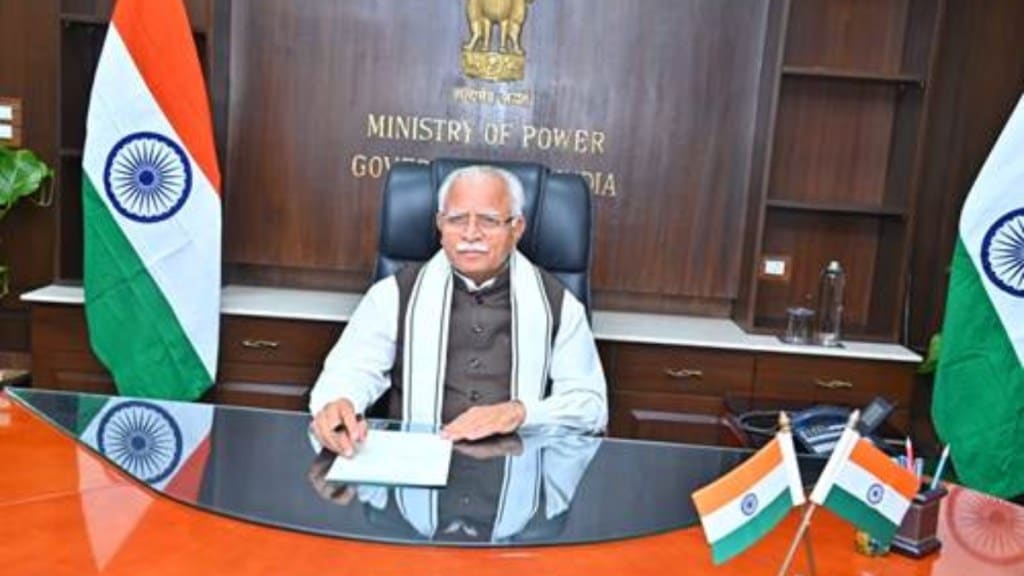The new coalition government’s decision of assigning the power and renewable energy ministries to two different ministers — Manohar Lal and Pralhad Joshi respectively– might pose some regulatory challenges, and have a bearing on composite energy planning, industry experts say.
In Modi 2.0 government, the government kept all sources of power – thermal (coal and gas), and assorted sources of renewable energy – and the related policy issues under one minister, albeit with separate ministries. However, going forward, the renewable energy sector would be dealt with separately, while the thermal sector will be coupled with transmission-and-distribution segment. This may also be in keeping with the objective of putting the capacity addition in all segments of the value chain on the fast track but integration of the added capacity to the grid will require synergy between the two bodies, experts opine.
“It is too soon to say whether it will work out or not but the efficiency of policy making and decisions will depend upon how smooth is the coordination between the two ministries,” said an analyst who did not wish to be identified.
As the government intends to increase the share of renewable energy and integrate it into the grid for efficient supply, the two ministries will have to work closely in determining laws and procedures.
“The Ministry of Power and the Ministry of New & Renewable Energy have become two sides of the same coin. To match with the ever-growing power demand there is a need to create synergy between the two ministries by keeping them under a common control,” said Shriprakash Rai, Chief Revenue Officer (CRO) -Commercial & Industrial Business at AMPIN Energy Transition.
He highlighted that such an arrangement has passed the test of time and yielded remarkable results. Going forward, if the trend of capacity addition into the grid through renewable energy is to continue, the synergy will have to follow.
On the contrary, the move should not impact the thermal companies which are foraying into the renewable energy sector as they have independent power purchase agreements and will not be interdependent, the analyst said.
The industry is optimistic of policy continuity and increasing investment opportunities in the sector.
“We anticipate that the newly formed government will continue its focus on RE with the same vigor and expect it will continue with the pace of renewable energy development. During this term we expect more focus on the Commercial and Industrial segment through open access based renewable energy projects by encouraging states to adopt the green energy open access rules and interpret it harmoniously for smooth implementation,” Rai said.
In the power sector, the industry seeks more work in the domain of transmission lines and distribution. Moreover, the payment discipline brought about by strenuous efforts would need to be maintained, so that commercial viability across the value chain is not undermined again. While key allies of NDA like TDP promising free power, it will be incumbent on the minister to ensure that the subsidies are released by the state government on time.

